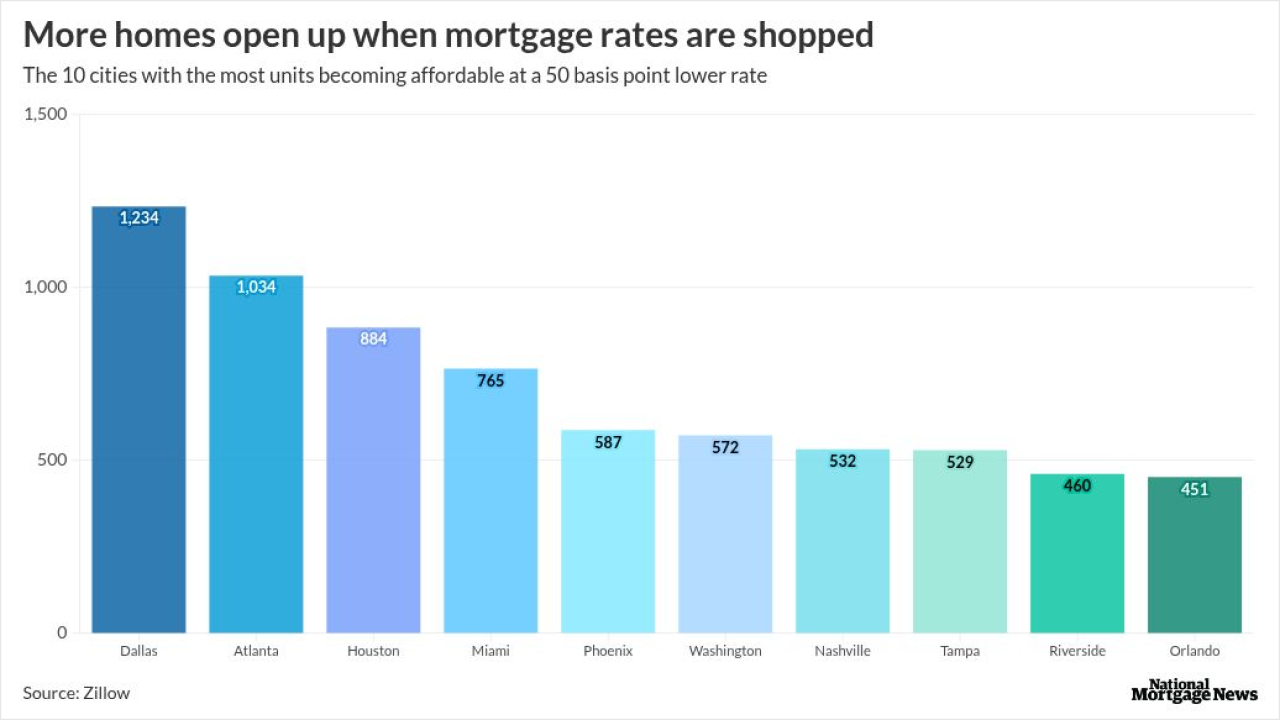
Financial institutions are on the lookout and preparing to fight new mortgage repurchase demands from the government-sponsored enterprises now reviewing files from as far back as 2002, according to market insider Andrew Henschel.
Lenders have to ensure they comply with new and shorter deadlines, said the EVP of Resolution Portfolio Management & Oversight, a Deerfield Beach, Fla.-based firm that specializes in mortgage buyback defense from the GSEs and other third-party investors.
“Every minute counts,” he said. The farther back a loan document trail goes, the more difficult it is “to track down the documentation or other evidence needed to defend the case.”
Both Fannie Mae and Freddie Mac are
RPM recently obtained 10 rescissions of repurchase demands from the GSEs on behalf of a major bank RMP did not name.
One of these cases involved a buyback demand issued for a missing appraisal from 2002. The lender was given just five days to recover the document, he recalled. "Our entire team was re-assigned to this case, and we were able to obtain the document, leading to a rescission."
RPM's staff consists of attorneys and mortgage banking professionals who analyze disputed mortgage repurchase cases using FILEnetics, the firm’s proprietary platform designed to automate the buyback demand management process for lenders.
FILEnetics enables users to analyze a loan file, compile all necessary evidence and then prepare a formal rebuttal that is delivered to the bank.
By the end of the second quarter, according to





